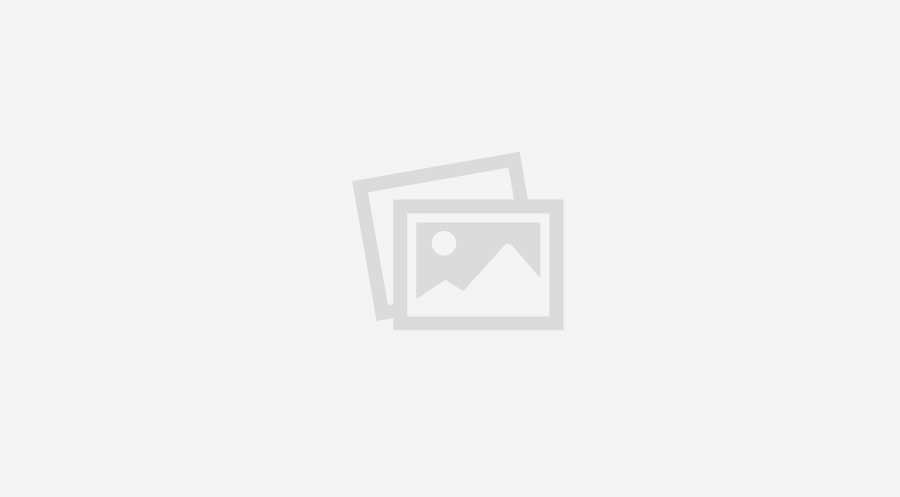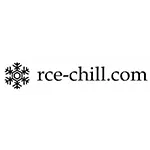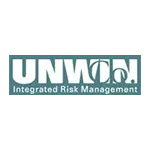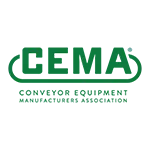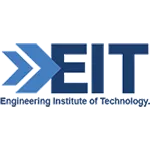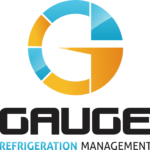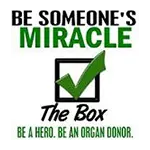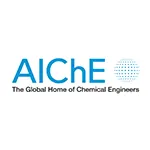Let us help you make sense of PSM / RMP!
My friend Brian Chapin will be offering an open-enrollment PSM/RMP class in Burleson, Texas, July 8th to 11th, 2025. Brian is an absolute pro in NH3 Refrigeration Process Safety. Anyone who attends will also get a FREE membership to SAFTENG. You can get more information on the class with this link.
CLICK HERE to Renew your Membership
CLICK HERE for a NEW Membership
CLICK HERE to see eligibility requirements for FREE Membership
If you have any questions, please contact m
SAFTENG has:
- Over 18,000 categorized unsafe acts/conditions and accident/injury photos
- Over 1,500 ppt's & doc's in the SAFTENG Library
- Over 4,000 Technical Articles on Process Safety, Emergency Response & OSH topics
- Over 450 videos (those not allowed on YouTube Channel)
Many THANKS to my NEW Members and those who CONTINUE to support SAFTENG:












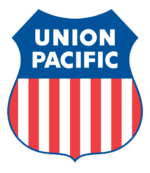

July 15, 2011
A facility should develop an emergency response plan that SPECIFICALLY addresses release scenarios developed from their PHAs and historical accident information. The potential releases identified in the PHAs should be used in preparing the emergency response pre-plans. Planning and preparation should include:
…
HomeRead More »
Read More
July 11, 2011
At 7:17 a.m., on August 22, 2003, a cargo tank semitrailer arrived at a facility. The driver pulled the vehicle up to the fill location and helped an employee hook up to the fittings for a plant storage tank. According to the driver, about 7:40 a.m., the employee began transferring anhydrous ammonia, a poisonous and corrosive gas, from the storage tank to the cargo tank. The driver said that it took...
Read More
July 10, 2011
To see this video in FULL size, click on the “Read More” link below.
…
HomeRead More »
Read More
July 9, 2011
We have all used or seen them used on countless CS entries. A tripod and winch set-up is by far the most common non-entry rescue system used in the USA. Because of this, it is also the most misunderstood and misused rescue system in the USA. Tripods are a GREAT tool when the entry is 100% VERTICAL; there is ample working space (both vertically and horizontally) to set it up properly, and ONLY ONE entrant!...
Read More
July 8, 2011
Learnings from this incident can be applied to any toxic/posiounous compressed gases. One fundamental rule…NEVER trap a liquid that has a high vapor pressure/low boiling point in a pipe or hose!
To see the full size video, click on the “Read More” link below.
…
HomeRead More »
Read More
July 5, 2011
FULL SIZE VIDEO inside (Click on the Read More link below)
You have to look closely, but the front-end loader driver was inside the cab during the entire lift, swing, and placed on the low rider!!!
…
HomeRead More »
Read More
July 3, 2011
DANGER: This power unit can be dangerous! This unit can cause serious injury or blindness to the operator and others. The warnings and safety instructions in the operator’s manual must be followed to provide reasonable safety and efficiency in using this unit. The operator is responsible for following the warnings and instructions in this manual and on the unit. Read the entire operator’s manual...
Read More
June 30, 2011
MANY THANKS to my NEW & RENEWING “Partners in Safety”for their support! Fluor-B&W Portsmouth since 6/2011, Westinghouse since 2008, and Suzlon since 2009 2011 Fatality Tracker Electrical 31 (2010 = 90) (2009 = 100) Forklift/Manlift Mobile Equipment 47 (2010 = 110) (2009=88) Mining 126 (2010 = 480) (2009 = 586) Explosions 130 (2010 = 246) (2009 = 302) Cranes 19 (2010=50) (2009 =...
Read More
June 28, 2011
Becky and I do our best to get fuel for our vehicles when we are without the kids. Now we are not perfect and we will pump gas with our kids in the vehicle, but we do our best to limit their exposure; especially when they were younger! As this recent video shows, fires at gas pumps, although very rare, can have serious consequences. Imagine your infant all secured in their car seat...
Read More

